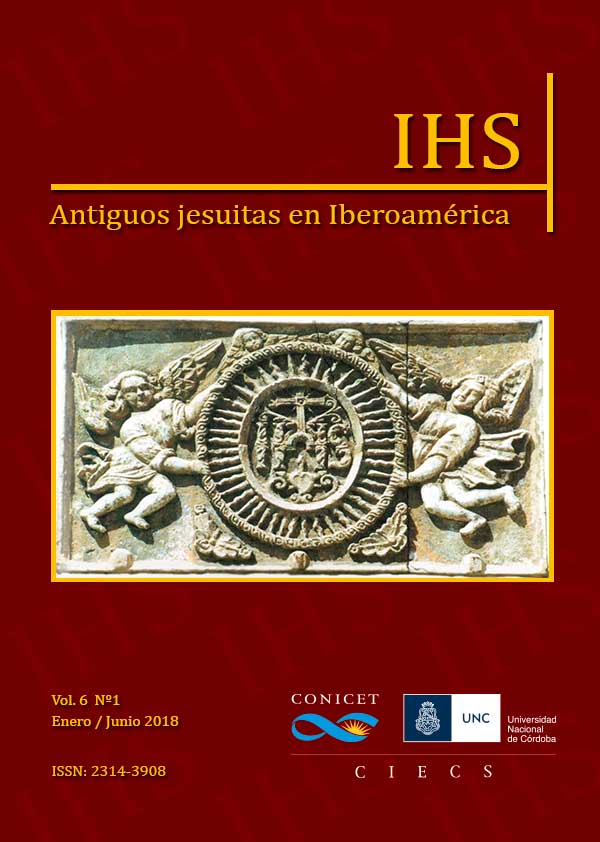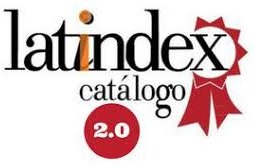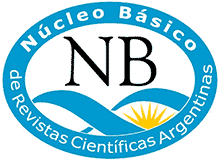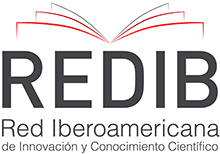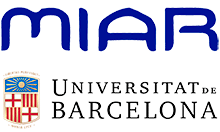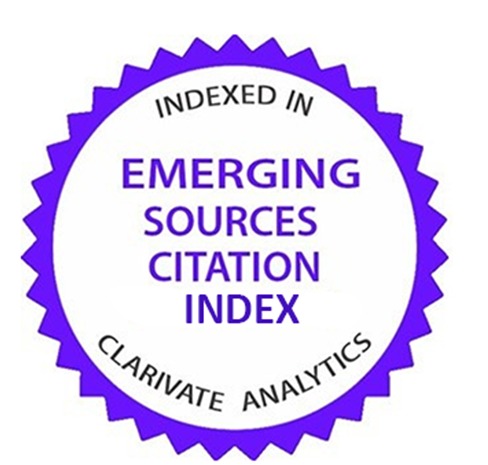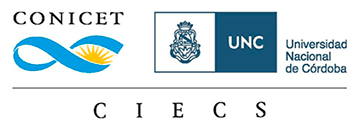Joseph Cataldini and the foundation of villages in Guayra for successive approaches: knowing understanding
DOI:
https://doi.org/10.31057/2314.3908.v6.n1.19195Keywords:
Guayra, kuatia, guara, reduction, cacique, Father [Jesuit priest], successive approximationsAbstract
The foundations of reductions in the Guayra region followed a methodology based on the understanding of the way of being of indigenous groups. In this context there was absolute respect for the typologies of indigenous spaces and the pre-existing conformity of social hierarchies. This was made possible essentially by the understand-ing of Guarani language and that of the Gualachos or Ibirajaras. Understanding the meaning of a word could be the difference between life and death. The Jesuits and the Indians exchanged knowledge. The technological contribution was important, essential-ly the iron wedges. But it was also the implementation of agricultural techniques and, therefore, the realization of new crops such as sugar cane and cotton. To realize these innovations it was necessary to know the earth, the water and the plants. The introduc-tion of cattle with the provision of milk and the manufacture of butter and cheeses sub-stantially modified the diet. The construction of roads changed the structure of space. What was the ideology that supported the organization of space?
We think that there was a philosophy of conformation of the missionary space as a sum of places that can be linked with the ideas of Leibniz. Although this one broke in a few years later in the world of the ideas we maintain that some concepts of the metaphysics of the space of this author could be instrumented some years before in the formation of the Jesuits in the level of the noviciado or later. To continuously fold and unfold the subregions, that is what we call successive approximations. We will analyze these no-tions and the role of Father Joseph Cataldini in his conformation.
Downloads
Published
Issue
Section
License
Los autores/as que publiquen en esta revista aceptan las siguientes condiciones:
- Los autores/as conservan los derechos de autor y ceden a la revista el derecho de la primera publicación, con el trabajo registrado con la licencia Atribución - NoComercial - CompartirIgual de Creative Commons que permite a terceros compartir (copiar y redistribuir el material en cualquier medio o formato) y adaptar (remezclar, transformar y construir a partir del material) bajo los siguientes términos: Atribución — se debe dar crédito de manera adecuada, brindar un enlace a la licencia, e indicar si se han realizado cambios. Puede hacerlo en cualquier forma razonable, pero no de forma tal que sugiera que usted o su uso tienen el apoyo de la licenciante. NoComercial — no se puede hacer uso del material con propósitos comerciales. CompartirIgual — si remezcla, transforma o crea a partir del material, se debe distribuir su contribución bajo la la misma licencia del original. Los autores/as pueden realizar otros acuerdos contractuales independientes y adicionales para la distribución no exclusiva de la versión del artículo publicado en esta revista (p. ej., incluirlo en un repositorio institucional o publicarlo en un libro) siempre que indiquen claramente que el trabajo se publicó por primera vez en esta revista.
- Se permite y recomienda a los autores/as a publicar su trabajo en Internet (por ejemplo en páginas institucionales o personales) antes y durante el proceso de revisión y publicación, ya que puede conducir a intercambios productivos y a una mayor y más rápida difusión del trabajo publicado (vea The Effect of Open Access).

